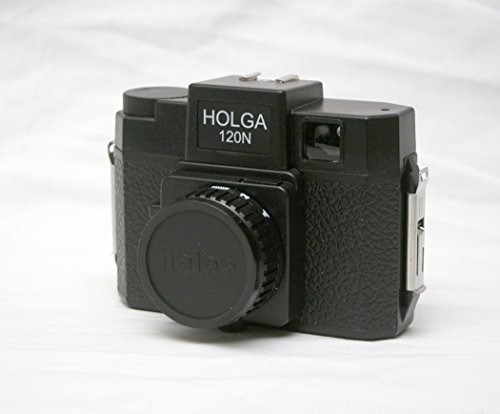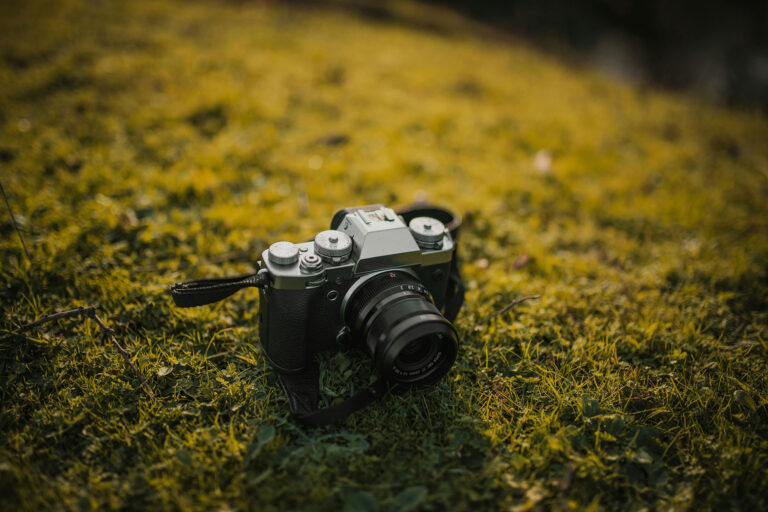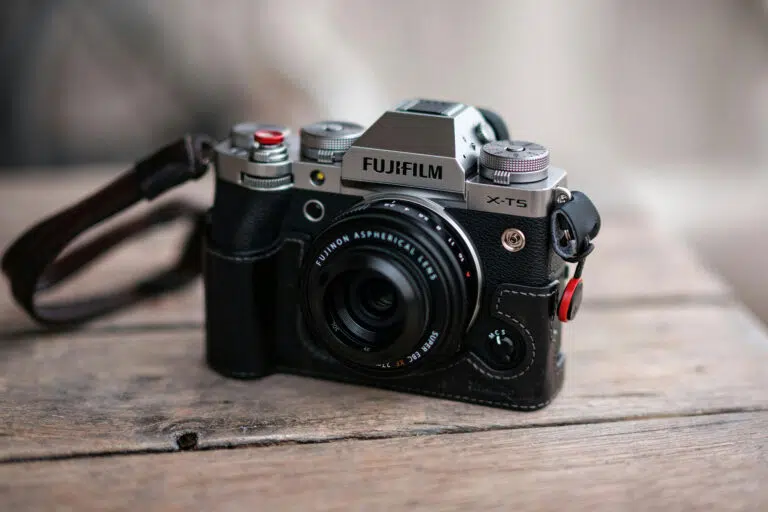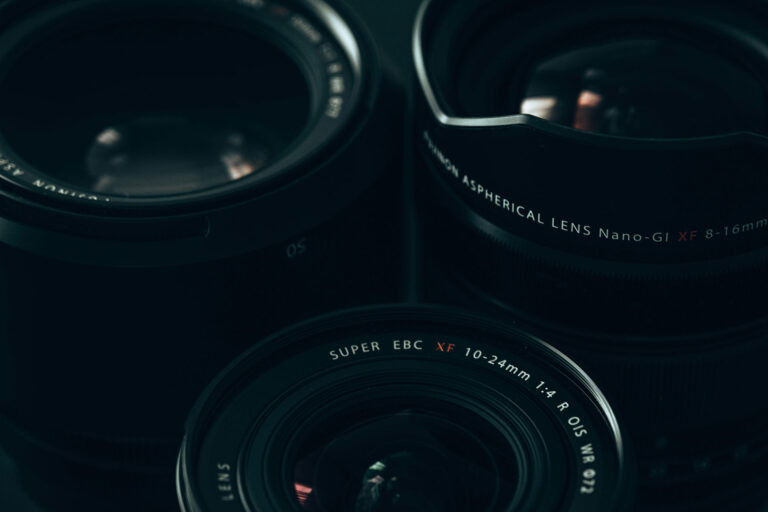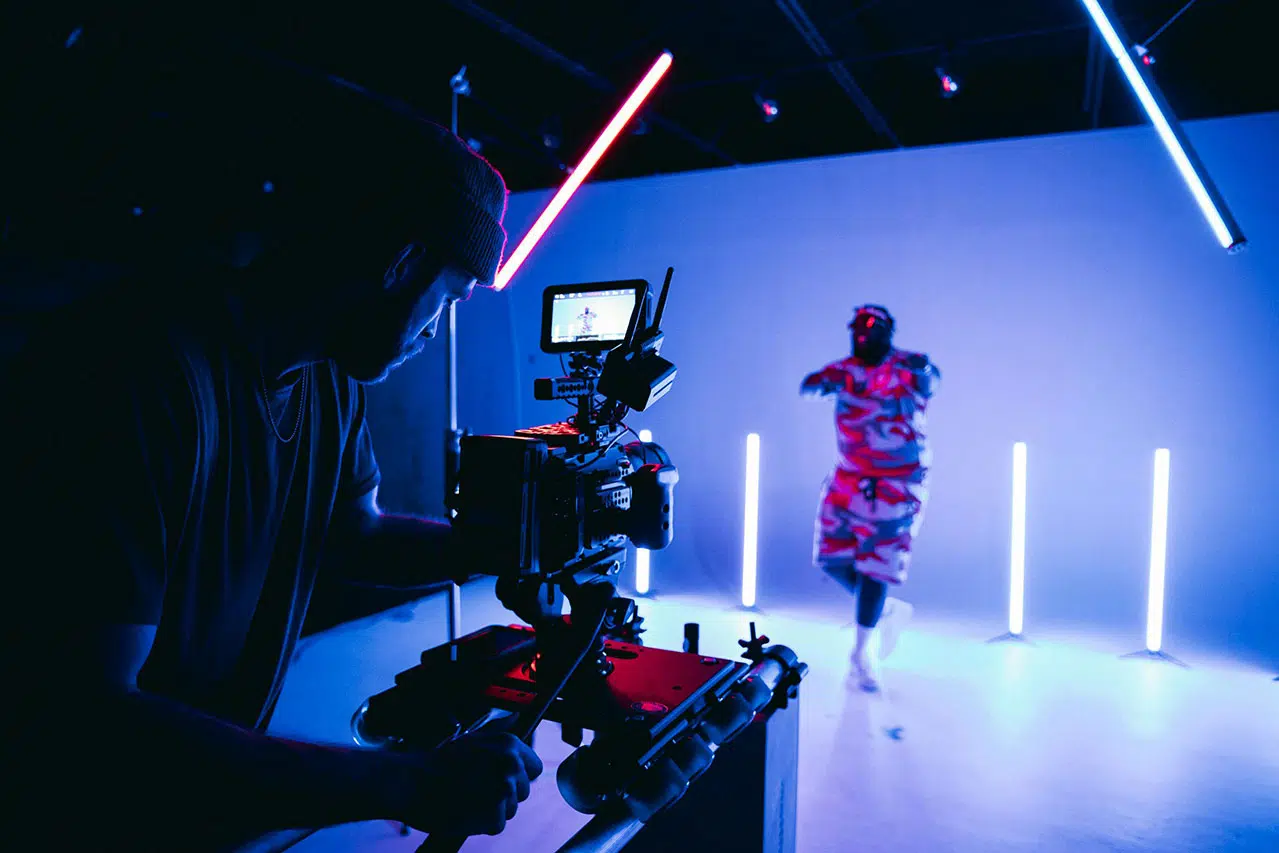Sometimes the most inspiring photography comes from imperfection. That’s exactly why the best toy cameras are still relevant for creative photographers. These cameras are not about technical perfection—they’re about experimentation, unpredictability, and discovering new ways to see the world.
Toy cameras create soft-focus images, quirky light leaks, and unexpected color shifts that can transform everyday moments into something magical. Whether you’re exploring street photography, experimental film work, or playful travel shots, the best toy cameras offer a refreshing alternative to high-end digital gear.
In this post, we’ll explore why toy cameras are valuable for photographers, the top models to try in 2025, and tips for getting the most out of them.
Why Photographers Love Toy Cameras
The charm of toy cameras lies in their simplicity and unpredictability. Unlike DSLRs or mirrorless cameras, toy cameras remove the pressure of perfect composition, sharpness, or exposure. This allows photographers to focus on mood, light, and timing.
Some key reasons photographers use toy cameras:
- Encourages experimentation: Soft focus, light leaks, and color shifts can create unique artistic results.
- Simplifies shooting: Minimal controls let you concentrate on composition.
- Portable and fun: Small, lightweight bodies are perfect for spontaneous shooting.
- Nostalgic aesthetic: Many toy cameras create a retro feel reminiscent of film photography.
These qualities make the best toy cameras ideal tools for creative exploration, street photography, or experimental projects.
What Makes a Camera a Toy Camera?
Toy cameras stand out because they strip photography down to its basics. When people talk about what makes a camera a toy camera, they’re usually referring to gear that’s intentionally simple, small, and a little unpredictable. These cameras often come with plastic lenses, light bodies, and almost no manual controls, which gives every shot a raw and playful feel. Some use 35mm or medium-format film, while others lean into the digital world with tiny sensors and low-res charm.
The best toy cameras share a few common traits, starting with a lightweight build that fits easily in your pocket or sling bag. Their plastic lenses create soft focus, gentle blur, or dreamy smear around the edges, especially when shooting wide open under bright light. Since they come with minimal settings, you’re free from the usual checklist of shutter speed, ISO, or white balance. Instead, you get surprises: vignettes that naturally frame your scene, color shifts that feel like old prints dug from a drawer, and flare that gives highlights a glow. The design itself often adds personality, too—bright colors, quirky shapes, and fun details that make the camera feel like part of the creative process.
Many photographers reach for toy cameras when they want to break away from perfect clarity or sharpness. Shooting with something this simple encourages a different mindset. You’re not chasing technical accuracy—you’re chasing mood, feeling, and lucky accidents. This approach opens the door to new ways of seeing scenes you photograph every day, pushing you to experiment without pressure. Whether film or digital, toy cameras help you reconnect with pure image-making, letting the unpredictable quirks become part of your style.
Best Toy Cameras for Creative Photographers
Here’s a curated list of the best toy cameras that offer playful, experimental, and visually interesting results.
- 2 film masks for either 12- 6x6 cm images or 16- 6x4.5cm images
- Shutter Speeds: (N)ormal - 1/100s; (B)ulb - Holds Shutter Open
- Pixel Perfect, Every Time 13MP CMOS Sensor Whether you're snapping selfies at golden hour, the C1's 13MP CMOS sensor makes every shot crisp, clear, and vibrant. It's like carrying around a professional photo booth in your pocket. Say goodbye to blurry...
- Wider, Brighter, Sharper 26mm, F2.0 Fixed Focus Lens Capture it all without the fuss—no zooming, no adjusting, just point and shoot. The bright F2.0 lens is made for cozy indoor hangs and sunny outdoor adventures alike. With a wide 26mm angle, your...
- ✨ Built-in Star Filter: Photographs tiny light sources to create a four-beam flare on light spots.
- 🔍 Coated, Improved Glass Lens: One element of glass lens sharpens the clarity of the images.
- Retro TLR Style Camera: Tired of the same old digital photos? Craving a unique perspective on the world? This retro TLR style camera combines classic charm with a fresh photography experience! With its manual joystick operation, you can effortlessly...
- Homage to Classic, Create More Fun: This vintage camera is not just a photographic tool, but also a collectible work of art. You compose the shot through the viewfinder at the top, while the lens at the bottom takes the shot. This classic shooting method...
- 16 Megapixel CMOS Sensor
- 5X Optical Zoom - 28mm Wide Angle Lens
- Diana Flash compatible
- Variable shutter (daytime & “B” for unlimited long exposures)
- This miniature Polaroid camera is a replica of the original (but it does not take photos).
- Features sound, simulated film and a clickable red shutter button.
- You can take photos, videos and voice. Classic Camera Miniature Toy Camera: The Pieni II miniature toy camera features a classic camera style design
- (Enjoy the results after taking a shot! Capture photos and videos with the distinctive character of a toy camera. The Pieni II does not have an LCD monitor. No more finders! After opening the data on your computer to see what photos taken. Take photos...
- Classical digital toy camera in the shape of a DSLR camera
- Photo/Video/Voice Recording, 3 Modes to Shoot
Kodak Charmera – Tiny Digital Toy Camera
The Kodak Charmera is a modern digital toy camera designed for playful experimentation. Featuring a 1.6 MP sensor, a 35mm-equivalent plastic lens, retro filters, frames, and a date stamp, it produces charming low-fidelity, nostalgic images. Sold in collectible blind-box designs, it combines fun with practical photography.
This Kodak keychain camera is highly popular and often sold out, so stay tuned on this page for restocks. It’s perfect for anyone looking for toy cameras for digital lo-fi photography or the best creative digital toy cameras.
Lomo LC-A+ 35mm Film Camera

The Lomo LC-A+ takes everything people love about the original LC-A and gives it a little more room to play. It keeps the same pocket-friendly size and the signature Minitar-1 lens, which means you still get those deep colors, heavy corner falloff, and that slightly messy charm that made the LC-A famous. What sets the LC-A+ apart is the extra flexibility. You get multiple exposure mode built right in, letting you stack frames without any hacks. There’s also a cable release socket for long exposures and a wider ISO range, so you can load anything from cheap color film to slide film and still keep shooting without fuss.
The LC-A+ feels like a camera that invites small risks. You lift it, point, click, and let the film take over. Most shots come back with a warm punch and a soft halo in bright areas, and the vignetting gives street scenes and portraits a moody, almost cinematic touch. It’s fast to use, which makes it great for wandering cities or catching moments on the move. Even with its upgrades, the LC-A+ stays true to the look that shaped the lomography style, giving you a mix of control and unpredictability that feels fresh every time you press the shutter.
Why Toy Cameras Improve Your Photography
Toy cameras force you to rethink how you capture a scene. By removing technical pressures, you focus on creativity, timing, and composition. They’re excellent for street photographers, travel shooters, or anyone seeking to add a playful or experimental twist to their work. If you want to explore similar options, check out our guide to compact film cameras or instant cameras
for more creative possibilities.
The best toy cameras teach patience, improvisation, and the value of happy accidents—skills that translate to all forms of photography.
*This post contains affiliate links. If you purchase through these links, I may earn a small commission at no extra cost to you. This helps support the site and allows me to continue sharing helpful hi-fi tips. Thank you for your support!


